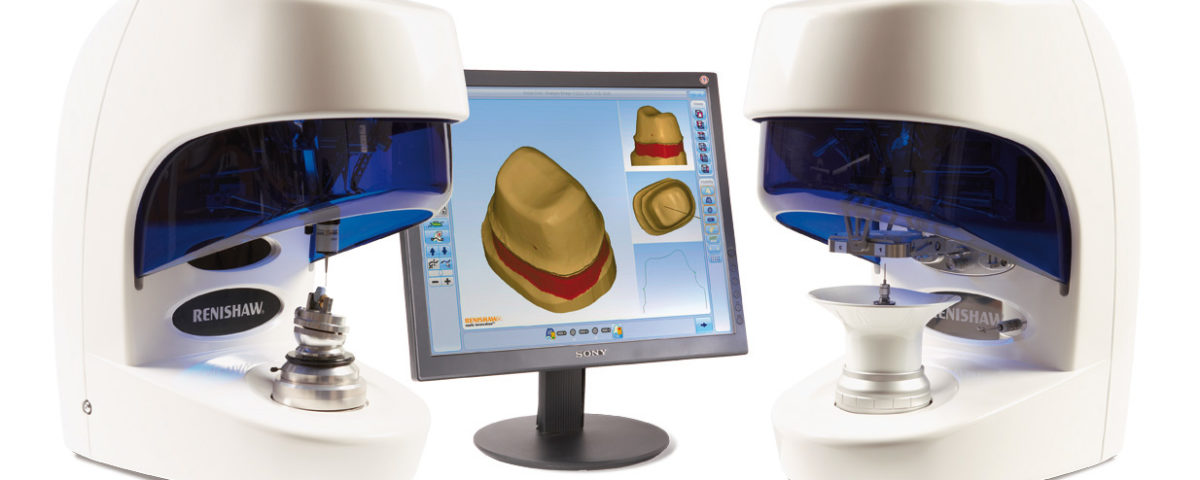Benefits of CAD/CAM Dentistry
Research shows that today’s milled CAD/CAM restorations are stronger than those milled from earlier materials. They also are less likely to fracture.
One of the advantages of CAD/CAM technology is that if your dentist has the technology in office, same day dentistry may be a treatment option for you. CAD/CAM dental technologies such as CEREC in-office or the E4D Dentist System (available at Towler & Youngs Family Dentistry) can be used to make an inlay, onlay, crown or veneer restoration in a single appointment, while you wait.
If your dentist offers in-office CAD/CAM, you do not require traditional impressions, a temporary restoration or a second appointment. You will only receive local anesthetic (be numbed) once for any necessary tooth preparations.
An exception to this process is the all-ceramic bridge, since it is created in a laboratory using the CAD/CAM technology. All-ceramic bridge restorations require a second office visit to insert the bridge. In such cases, a temporary restoration would be necessary.



